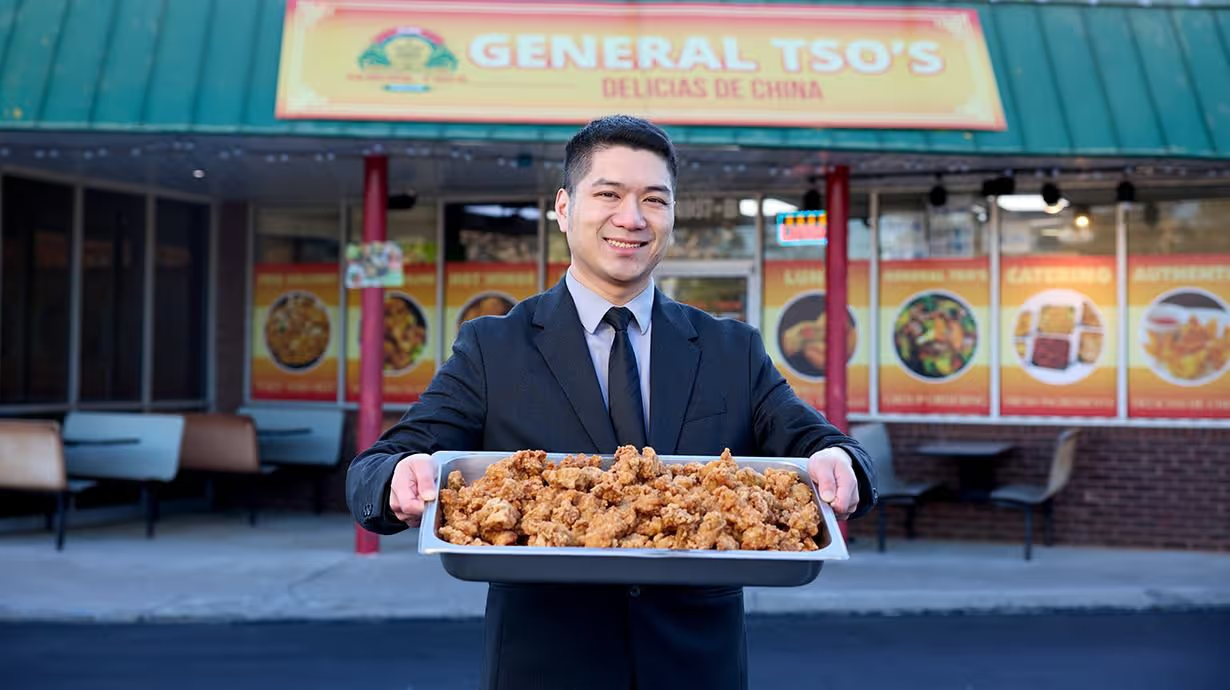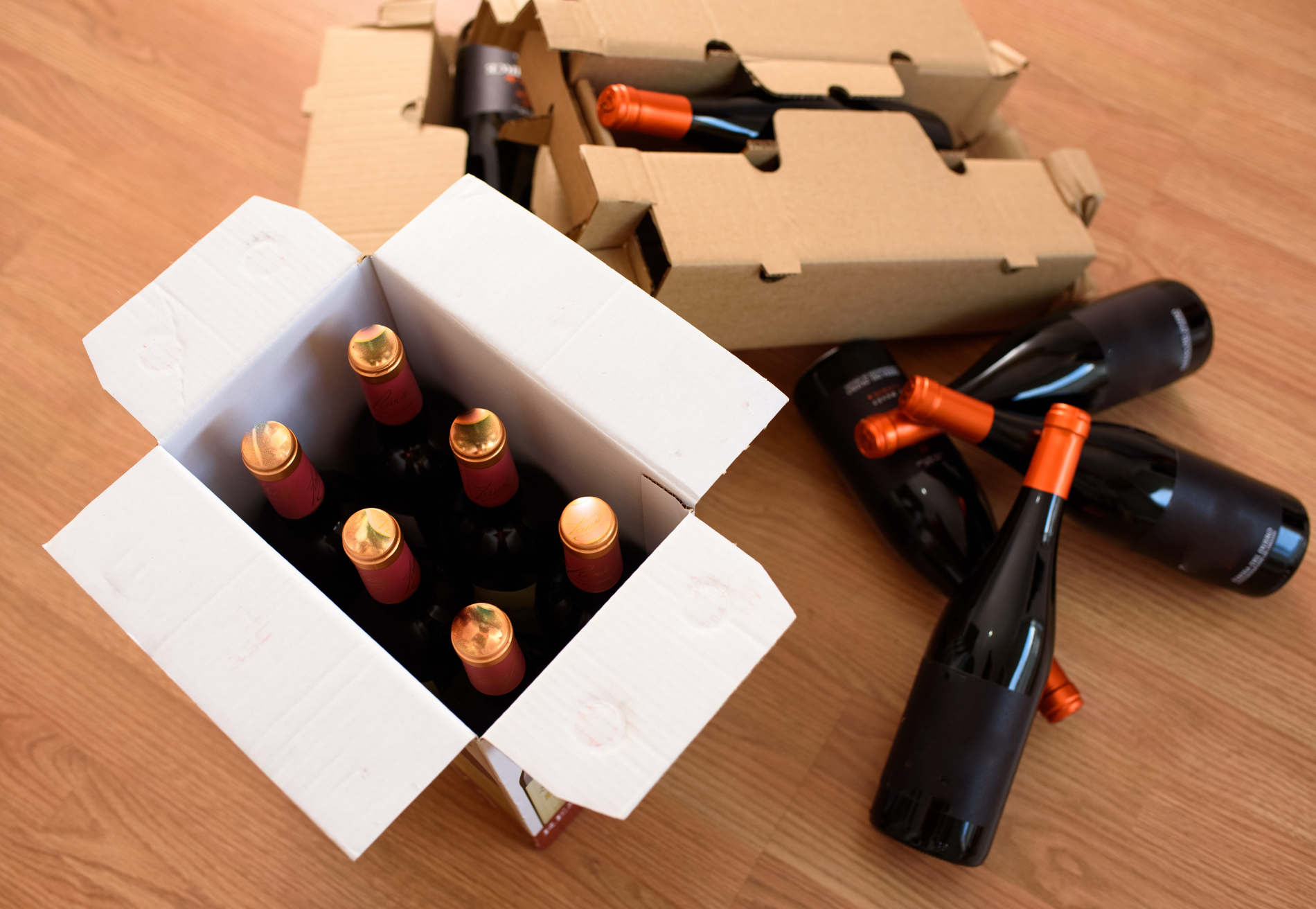Improving On-Time Delivery for Restaurant Success

Timely delivery of food orders can make or break your business. In general, customers favor timely delivery, and customers ordering food online are no different.
According to Inside Intelligence, 62% of online customers think having products delivered on time is one of the most important aspects of a positive customer experience. So, on-time delivery needs to be a necessary KPI for your delivery operation.
In this article, we'll explore the critical concept of on-time delivery, why it's essential for restaurant success in managing their delivery operations, and then give you actionable steps to achieve super high on-time delivery service rates.
Definition of on-time delivery
On-time delivery refers to the ability of a restaurant to consistently deliver food orders to customers within the promised timeframe. This includes ensuring that orders are prepared, dispatched, and arrive at the customer's location promptly.
Benefits of on-time delivery
There are many different benefits of restaurants consistently maintaining on-time deliveries, but two of the biggest include continuing to keep customers satisfied and loyal. Here are some of the major benefits on-time delivery can yield:
- Reduced customer complaints: On-time delivery minimizes instances of late or cold food, leading to a decrease in customer complaints.
- Improved customer relationships: Timely delivery fosters positive interactions with customers. They feel valued and appreciated when their food arrives promptly, enhancing overall satisfaction and loyalty.
- Positive online reviews: Happy customers are more likely to leave positive online reviews, which can attract new patrons to your restaurant. This creates a cycle of positive feedback and increased business.
- Repeat business: When customers consistently receive their orders on time, they are more likely to return to your restaurant for future dining experiences. This repeat business is a cornerstone of customer loyalty.
- Word-of-Mouth Marketing: Satisfied patrons are excellent advocates for your restaurant. They're more likely to recommend your establishment to friends and family, further enhancing your customer base.
In short, on-time delivery contributes to the development of brand loyalty. Customers trust your restaurant to consistently meet their expectations, making them more likely to choose your establishment over your competitors.
Challenges of on-time delivery
Just as there are benefits to on-time delivery, there are also many challenges that businesses need to address if they are going to maintain an ongoing on-time delivery program. Some of these challenges include:
- Supply chain issues: Restaurants must manage a complex supply chain, from sourcing fresh ingredients to maintaining adequate stock levels. Any disruptions in this chain, such as delayed ingredient deliveries or unexpected shortages, can lead to delays in food preparation and delivery.
- Delivery route optimization: Determining the most efficient delivery routes can be a significant challenge. Factors like traffic, weather conditions, and the order of deliveries must be considered to ensure timely and efficient delivery to multiple locations.
- Driver availability: Restaurants rely on delivery drivers to transport orders to customers. Managing driver schedules and availability, especially during peak hours, is essential for on-time delivery.
- Communication: Effective communication between the restaurant, kitchen staff, and delivery drivers is critical. Miscommunication or delays in conveying order details can lead to delivery mishaps.
- Technology integration: Implementing and integrating delivery management software and inventory management software can be complex. It requires training staff to use these tools effectively to streamline operations.
- Customer expectations: Meeting customer expectations regarding delivery times can be challenging, especially when demand surges during peak hours. Balancing speed with quality is essential.
- Competition: The restaurant industry is highly competitive. Meeting on-time delivery expectations is not only about satisfying customers but also staying ahead of competitors who offer similar services.
- Peak periods: During busy periods, such as weekends or holidays, managing on-time deliveries becomes more challenging. Restaurants must plan for increased demand and ensure they have enough resources to handle it.
Many of these challenges are surmountable if businesses have the right technology to optimize their delivery operations.
For example, a solution like our own Shipday app can allow restaurants to manage both in-house and third-party drivers, so if you ever have an availability problem with your in-house drivers, you can immediately switch over to third-party drivers to take care of your orders.
Considerations to increase on-time delivery service rates
Here are things to consider when trying to optimize your on-time delivery service rates:
Supply chain efficiency
Efficient supply chain management is pivotal. It involves ensuring a seamless flow of ingredients from suppliers to the restaurant. Implement inventory management software to track ingredient levels in real time and prevent shortages. Collaborate closely with suppliers to maintain a consistent supply of fresh ingredients, reducing the risk of disruptions.
Fulfillment process
Streamlining the fulfillment process is also essential for timely delivery. Consider methods like batch picking and cluster picking to optimize order preparation. Implement a well-organized kitchen layout to minimize the time it takes to assemble orders.
Customer satisfaction
Customer satisfaction is both a factor and an outcome of on-time delivery. Happy customers are more likely to be patient with delivery times. Focus on providing high-quality food that meets or exceeds customer expectations. Train staff in excellent customer service, emphasizing politeness and professionalism in interactions with customers.
Delivery companies/drivers
Choose delivery companies or drivers carefully. Look for those with a reputation for punctuality and professionalism. Establish clear delivery standards and expectations with your chosen delivery partners. Regularly communicate to ensure alignment on service levels. Use GPS tracking and real-time communication tools to monitor delivery progress and provide customers with accurate delivery estimates.
Operational efficiency
Operational efficiency extends beyond the restaurant to the entire logistics process. Implement inventory management software and delivery management software to optimize operations. Monitor and analyze key performance indicators (KPIs) like delivery times, delivery attempts, and exceptions to identify areas for improvement. Continuously refine your operational processes based on data and feedback to ensure smooth supply chain and delivery operations.
Steps to achieve high on-time delivery service rates
There are multiple steps that restaurants can take to enhance on-time delivery performance. Here are seven steps you can prioritize to keep your deliveries on time:
Step 1: Set on-time delivery goals
To improve on-time delivery, start by defining clear goals:
- Establish specific on-time delivery targets that align with customer expectations and your operational capabilities.
- Ensure your team understands these goals and their role in achieving them. Transparent communication is key to success.
Step 2: Interview your employees
Engage your staff to identify potential bottlenecks and areas for improvement:
- Gather insights from drivers, kitchen staff, and delivery personnel regarding the challenges they face.
- Utilize data from employee feedback to pinpoint specific issues, such as inefficient processes or communication breakdowns.
Step 3: Optimize the supply chain and inventory
Efficient supply chain management is vital for faster deliveries:
- Implement inventory management software to monitor ingredient levels and prevent shortages.
- Collaborate closely with suppliers to maintain a consistent supply of fresh ingredients, reducing disruptions.
Step 4: Streamline order picking
Efficient order preparation is crucial for timely delivery:
- Explore strategies like batch and cluster picking to optimize order assembly.
- Incorporate modern technology like handheld devices and barcode scanning to enhance accuracy and speed.
Step 5: Minimize packaging
Efficient and sustainable packaging can expedite deliveries:
- Opt for packaging solutions that are both eco-friendly and designed for quick assembly.
- Tailor packaging to the type of food being delivered to maintain quality and temperature.
Step 6: Use delivery software
Leverage technology to enhance your delivery operations:
- Utilize delivery software like Shipday’s own app and Wordpress plugin to plan efficient routes, reducing travel time and fuel consumption.
- Improve driver communication with real-time updates, ensuring customers are informed about their deliveries.
Step 7: Build an agile delivery fleet
Adaptability is essential in the delivery industry:
- Invest in a diverse fleet capable of handling varying demands, from smaller orders to larger deliveries.
- Continuously optimize delivery routes to accommodate changes in demand and road conditions.
By following these steps, you can significantly enhance your on-time delivery performance, leading to higher customer satisfaction and improved efficiency in your restaurant's delivery operations.
KPIs in measuring on-time delivery performance
Creating processes so you can deliver on time is good, but it’s even better to have data that tells you how you’re doing and whether or not you have room for improvement.
Look at these key performance indicators to understand how you’re performing with your on-time delivery goals:
Time Delivery Rates
Time Delivery Rates, often referred to as On-Time Delivery (OTD) rates, are a fundamental metric for assessing how often your deliveries are made on time. This metric calculates the percentage of deliveries that meet their promised delivery dates. For instance, if you promise delivery within 30 minutes and achieve this in 90% of cases, your OTD rate is 90%. Monitoring this metric helps you understand the reliability of your delivery service.
Delivery route optimization
Optimizing delivery routes is crucial for efficiency. Delivery route optimization involves planning the most efficient paths for your drivers. This metric considers factors like traffic conditions, distance, and delivery windows. Route optimization software, like Shipday, is a valuable tool to streamline this process. By improving route efficiency, you can reduce delivery times and operational costs.
Customer complaints/loyalty
Customer complaints can be a direct indicator of on-time delivery performance. Track and analyze customer complaints related to late deliveries. A high number of complaints may indicate issues in your delivery process. Conversely, Customer loyalty measures how satisfied customers are with your service. High satisfaction often correlates with reliable, on-time deliveries, leading to increased customer loyalty and repeat business.
Delivery attempts/exceptions
Delivery attempts represent the number of times your drivers attempt deliveries. Tracking this metric helps ensure that drivers are making sufficient attempts to meet delivery commitments. Additionally, Delivery exceptions capture instances where deliveries couldn't be completed as planned, often due to unforeseen circumstances. Monitoring these exceptions can help identify areas where improvements are needed.
Delivery businesses/fulfillment centers
Consider the efficiency of your Delivery businesses or fulfillment centers if you operate multiple locations. Compare the on-time delivery performance of different branches or centers. Analyzing variations can provide insights into operational strengths and weaknesses, allowing you to make informed decisions and optimize performance across your network.
By closely monitoring these key metrics, you can gain a comprehensive understanding of your on-time delivery performance and take actionable steps to improve it.
Conclusion
On-time delivery is a game-changer in the restaurant industry. It boosts customer satisfaction, loyalty, and, ultimately, your restaurant's appeal. By addressing the challenges and optimizing your operations, you can achieve super high on-time delivery service rates and ensure the success of your restaurant.
Now, it's time to put these strategies into action and delight your customers with timely, delicious meals. Shipday exists to help restaurants and other delivery operations streamline their delivery operations through route optimization and delivery management. Let us show you how we can help you maintain robust delivery operations that keep your customers coming back.
Index
Ready to get started?
Play around with it first, add your team, pay later.








.avif)






%201.svg)
